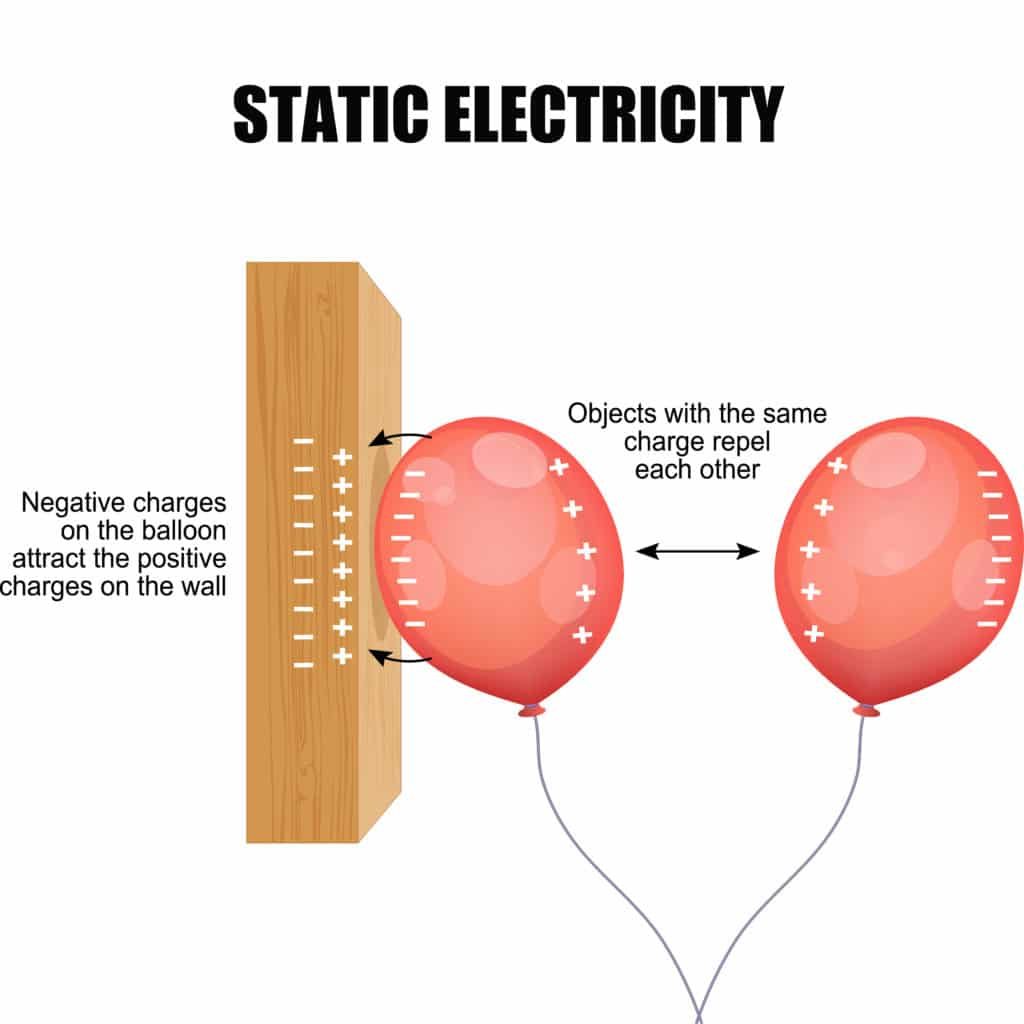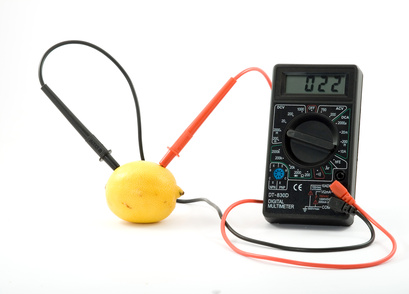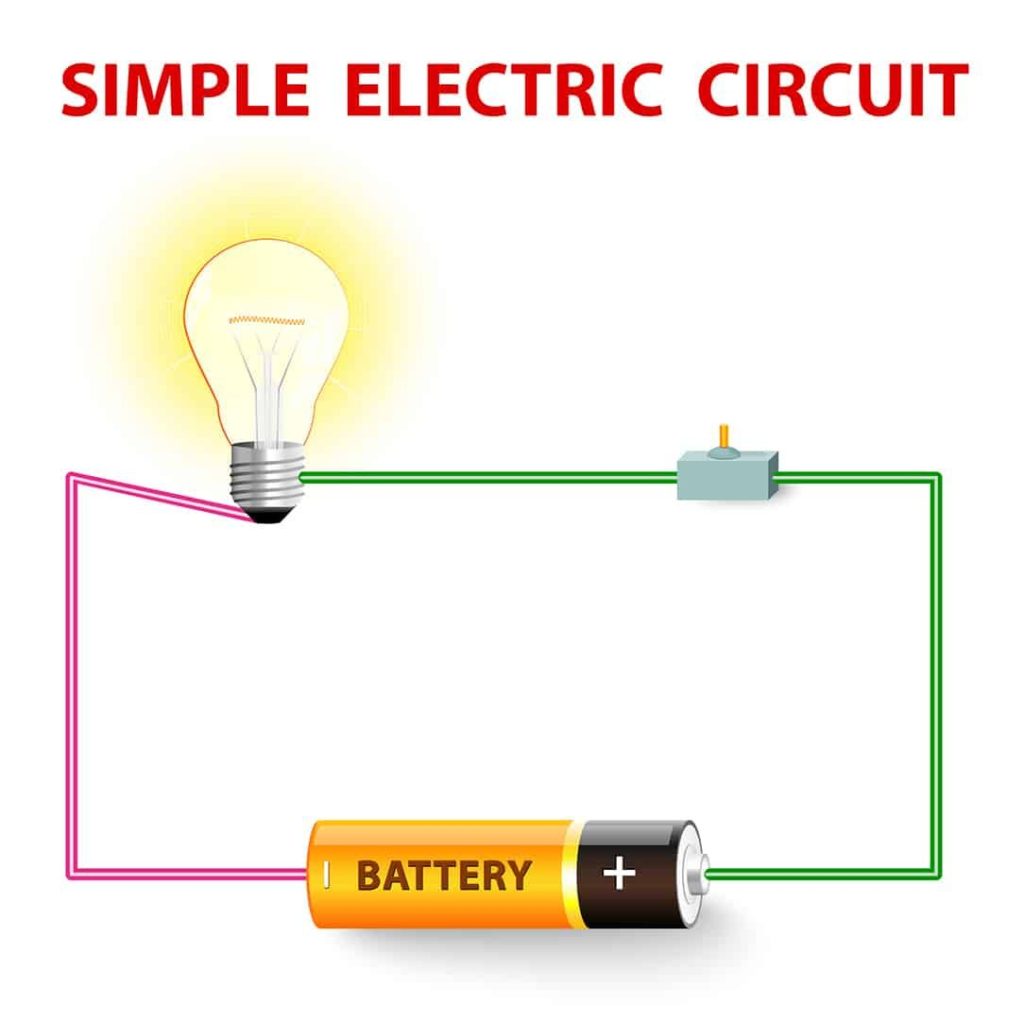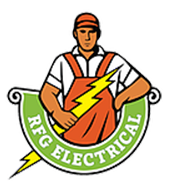Electricity is all around us, powering our lives, keeping us warm during winter, cool during summer, and bringing us together over distances. But how does it work? We’ve posted some electricity experiments for kids, and the whole family. Try them together. Encourage family members to guess the outcome of the experiment and compare it to what happens.
Explore Static Electricity With Balloons
Static electricity is caused by particles rubbing against each other. This type of electricity is all around us, in clouds that form lightening, when dragging socks across carpet, and when balloons are rubbed on clothing or other woolen fabric.

Step 1
Try rubbing two balloons against fabric. While holding the balloons by their strings, bring them together. Observe the reaction, do they attract or repel each other?
Step 2
Have your child rub one of the balloons on their hair, back and forth, and slowly pull away. What happens to their hair?
Step 3
Place an aluminum can on its side on a table. Rub a balloon on their hair again, then move the balloon towards the can. Does the can attract or repel the balloon. discuss your results.
What’s Happening?
The rubbing of the balloon against hair or fabric creates static electricity. The balloon took some of the negatively charged electrons from the hair or fabric making the balloon negatively charged. this made the hair or fabric positively charged. Positive and negative electrons attract to each other like hair or fabric to the balloon. both Balloons, being negatively charged, repelled each other.
Explore Batteries with a lemon
How do Batteries work? why do they run out? To explore this you’ll need a lemon, sand paper, 18 gauge copper wire, a wire stripper, and a metal paperclip.

Step 1
Cut a 3″ piece of copper wire and strip off the plastic insulation. straighten the paperclip so that it is roughly the same length as the copper wire. Use sand paper to sand the ends of both the wire and paperclip so that there are no sharp areas.
Step 2
Soften the lemon by rolling it on a table. Then, stick the copper wire into the lemon about one inch deep. moisten your tongue and stick it on the other end of the copper wire. What Happens?
Step 3
Stick the paperclip into the lemon close to the copper wire without touching, they need to be close together for this to work. Now, touch your tongue to both wires. What Happens? Did you feel a tingle or taste metallic?
What’s Happening
Feeling a tingle or tasting metal indicates that you have created an electrical circuit. The tingling feeling comes from the negatively charged electrons passing over your tongue. You have made a voltaic battery. Voltaic batteries use two different types of metal as electrodes which are suspended in an electrolyte. Your lemon worked as an electrolyte just as the salt on your tongue worked. The wire and paperclip worked for electrodes.
Explore circuits
For this experiment we can use some copper wire, a small lightbulb, alligator clips, and a 6 volt battery. (Circuit kits are available in some stores.)

Step 1
Simply connect the wires to the light and battery to make a circular shape. What Happens?
Step 2
Try swapping the battery for another with a different voltage. What Happens? Does the new battery affect the light differently?
What’s happening?
Electric circuits require connection to and from the light. Power must return to the battery in order for electricity to keep flowing through the lightbulb. Try adding different items to the circuit like coins , bottle caps, paperclips, elastic bands, and erasers. Note how each item effects the circuit. Which items conduct electricity and which ones don’t?
Encourage Family Learning
Electricity experiments for kids like these are a great way to engage with your children. It can spark creativity and culture and more exiting learning environment that will keep them entertained and interested in learning. Try these experiments and search online for more ways to engage in learning as a family. Try more experiments at Frugal Fun For Boys And Girls.



Recent Comments